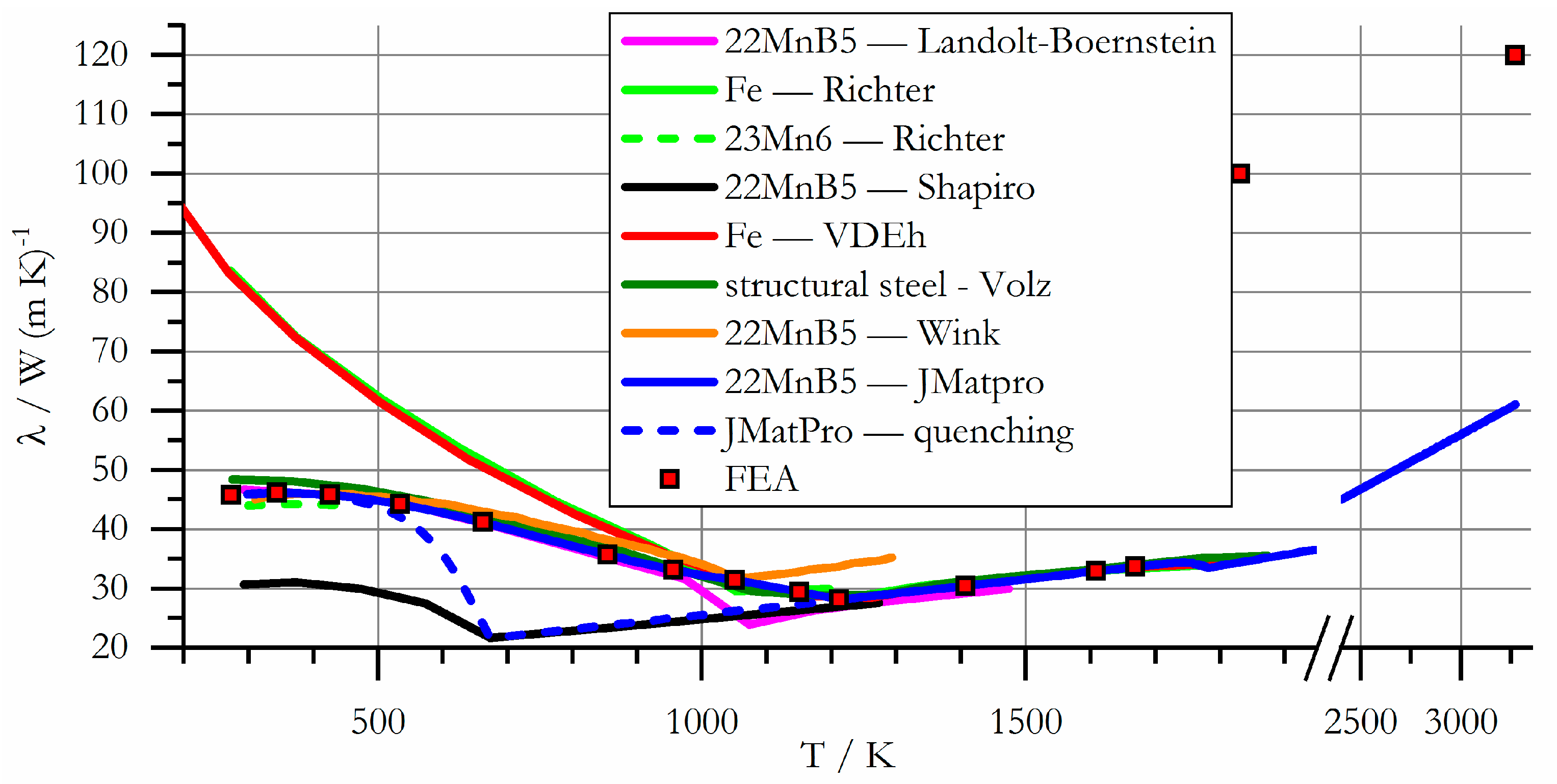

Ivf SmartQuench Integraįor the Smart Quench Integra to properly calculate hardness and microstructure of a given alloy, it is first necessary to input the cooling curve of the desired quenchant. From the hardness, it can be expected that the microstructure of the SAE 1045 is predominately ferrite and pearlite, while the SAE 5140 has a microstructure of predominately martensite and bainite. As can be expected, the SAE 1045 and the SAE 5140 1.5” round showed a relatively flat as-quenched hardness profile. Once the Jominy distances are determined, then it is a simple matter of interpolation to determine the hardness for the desired alloy at the specific Jominy distances. Table 3: Resultant Jominy distances based on 1.5” and 3” round bars using a Grossman H-Value of 0.45.End quench distances used to calculate hardness from Jominy End Quench Data (Figure 2). Looking at the Lamont chart (Figure 3), the Jominy distances for various depths can be determined (Table 3). Grossman H-Valueįrom the calculated Grossman H-Value of Houghto-Quench G (0.45 in-1), we can determine the hardness as a function of depth for the 1.5” and 3.0” round bars. Now that we have all the necessary data needed, we can start the calculations. Figure 5: Time-Temperature-Transformation curve of SAE 5140 as calculated by JMatPro for the chemistry in Table 2. Figure 4: Time-Temperature-Transformation curves of SAE 1045 as calculated by JMatPro for the chemistry in Table 2. This chart will be used for our calculations.įor reference, the Time-Temperature-Transformation curves of SAE 1045 (Figure 4) and SAE 5140 (Figure 5) have been included for reference. Figure 3: Lamont charts used in the calculation of hardness profiles for simple round bars.

Figure 2: Jominy End Quench data as calculated by JMatPro. Table 2: Typical compositions of SAE 1045 and SAE 5140. The Lamont charts (Figure 3) are used from. A bar diameter of 1.5” and 3” will be used. Since there is a range of hardenability for each of the alloys, we will use a Jominy End Quench curve that is in the middle of the range for each alloy (Figure 2). These alloys were chosen because they are commonly used for a wide variety of heat-treated parts, and the data is readily available. Materialįor this article, we will use two alloys: SAE 1045 and SAE 5140 (Table 2). Curve shown is for Houghto-Quench G at 60☌ with no agitation.

Figure 1: Typical cooling curve of a medium speed oil quenchant. This is due to a unit conversion error I made in the last article. Please note that Table 1 is different from the table in the previous article. This quenchant has a cooling rate of 48.2☌/s at 705☌. Quenchantįor the quenchant, we will use a medium speed general purpose quenchant (Figure 1). The data has been corrected to the proper units. Note that this table is different from the previous article.
JMATPRO FLUID FLOW PLUS
Table 1: Grossman H-Values for typical slow, medium, and fast quench oils, plus water. We are going to use JMatPro for the calculation of necessary data. In the second method, we are going to use the Swerea Smart Quench Integra.

In the first method, we are going to use the classical Grossman H-Value and the Lamont charts. In this column, we are going to look at different methods of property prediction and see how they compare. In the article before last, we described a method of using the Lamont charts to predict hardness based on the Jominy test, and an assumed Grossman H-Value. In the last article, we described a method of calculating the Grossman H-Value.


 0 kommentar(er)
0 kommentar(er)
